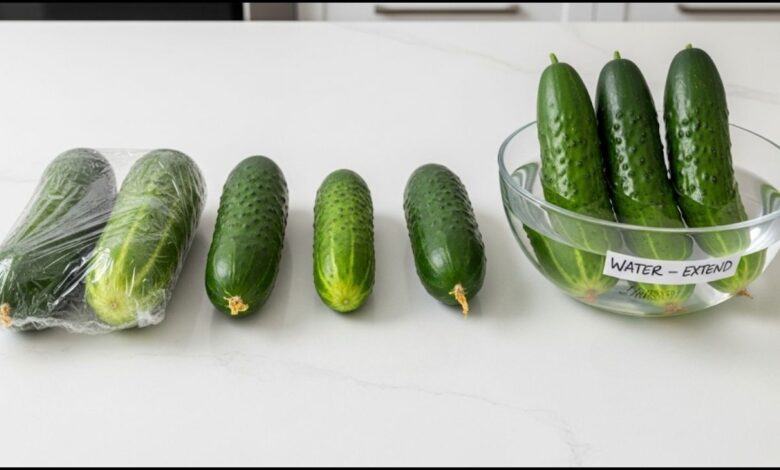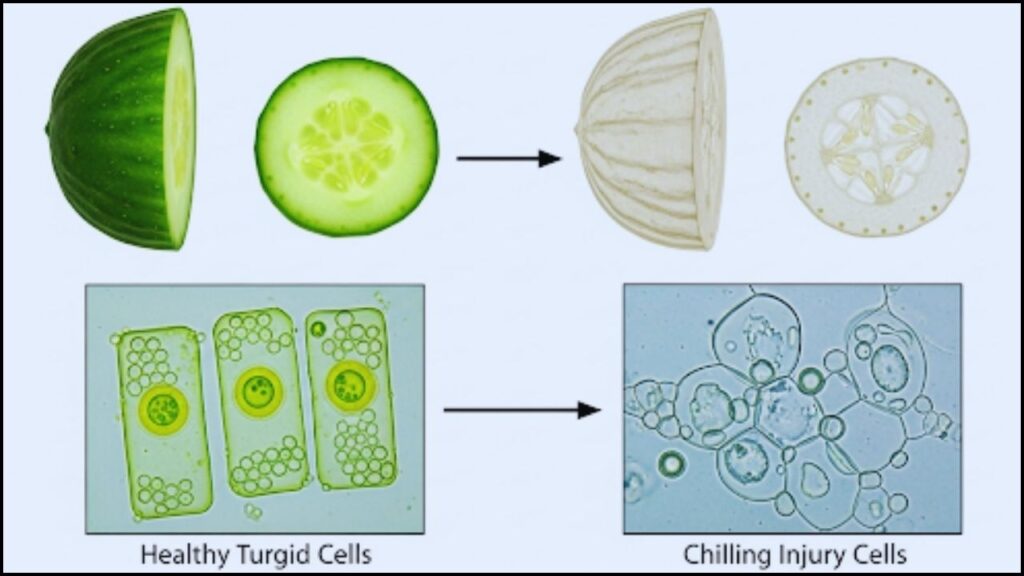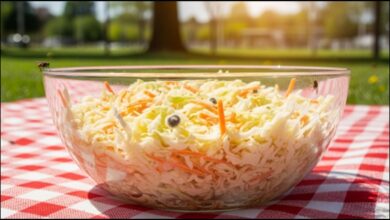The Science of Cucumber Storage: Why Your Refrigerator Is Making Them Mushy
To prevent mushy cucumbers, food scientists advise against storing them in the coldest parts of a refrigerator. Proper cucumber storage involves keeping them at room temperature for short-term use or in warmer fridge sections to avoid "chilling injury" and food waste.

It is a common kitchen frustration: a cucumber, crisp and firm when purchased, turns into a soft, watery mess within days. While the refrigerator seems like the logical place to preserve produce, food science experts explain that for cucumbers, this common practice is often the root of the problem. Proper cucumber storage involves understanding the vegetable’s sensitivity to cold and its reaction to certain gases, a solution that can extend its life and reduce household food waste.
The Chilling Injury Dilemma
Most standard refrigerators are set to a temperature at or below 40°F (4°C) to ensure food safety for items like meat and dairy. However, cucumbers are tropical plants by origin and are surprisingly sensitive to cold. According to research from the University of California, Davis Postharvest Technology Center, storing cucumbers below 50°F (10°C) for more than two to three days can induce a condition known as “chilling injury.”
“Chilling injury is physiological damage that occurs in some produce at non-freezing cold temperatures,” said Dr. Elizabeth A. Mitchell, a post-harvest technology specialist. “For cucumbers, this manifests as water-soaked spots, pitting on the surface, and an accelerated decay, leading to the mushy texture many people are familiar with.”
This cellular damage is irreversible and explains why a cucumber can seem fine for a day or two in the fridge before rapidly deteriorating. The ideal refrigerator temperature for most items is far too cold for the long-term health of a cucumber.

A Science-Backed Solution for Cucumber Storage
Navigating the cucumber’s temperature sensitivity requires a more nuanced approach than simply placing it in the crisper drawer. The goal is to balance shelf life with quality preservation.
Room Temperature vs. Refrigeration
For optimal flavor and texture, experts suggest storing cucumbers at room temperature if they will be consumed within a day or two. This avoids the risk of chilling injury entirely. However, if longer storage is needed, the refrigerator remains an option—if used correctly.
“If you must refrigerate, the best place for a cucumber is in the warmest part of the unit,” Dr. Mitchell advised. “This is often on the door or at the front of a top shelf, away from the cooling element at the back.” Wrapping the cucumber loosely in plastic can also help retain moisture without trapping excess condensation.
The Ethylene Gas Factor
Another critical component of proper cucumber storage is separating them from certain fruits and vegetables. Many fruits, including apples, bananas, tomatoes, and melons, produce ethylene gas, a natural plant hormone that triggers ripening.
According to the Cornell Cooperative Extension, cucumbers are highly sensitive to ethylene. Exposure to this gas accelerates their yellowing, decay, and softening. Storing ethylene-producing fruits on the counter while keeping cucumbers in the refrigerator, or vice-versa, is an effective strategy. Keeping them in separate drawers in the refrigerator can also help mitigate the effects.
Practical Steps to Prevent Mushy Cucumbers
Synthesizing expert advice, here are actionable steps for consumers to extend the life of their cucumbers and prevent mushy cucumbers.
- Assess Your Timeline: If you plan to eat the cucumber within 48 hours, leave it on the kitchen counter, away from direct sunlight and ethylene-producing fruits.
- Wash and Dry Just Before Use: Washing cucumbers before storage can leave excess moisture on the skin, which encourages microbial growth and decay. It is best to wash them right before preparation. If you must wash them beforehand, dry them thoroughly with a clean towel.
- Refrigerate Strategically: For storage longer than two days, place the dry, unwashed cucumber in the refrigerator door or at the very front of an upper shelf. Avoid the coldest parts of the fridge, such as the back wall or the bottom drawer.
- Isolate from Ethylene Producers: Whether on the counter or in the refrigerator, always keep cucumbers separate from apples, tomatoes, bananas, and other high-ethylene fruits.
By implementing these scientifically grounded storage techniques, consumers can significantly improve the shelf life of their cucumbers. This simple shift in habits not only ensures better-tasting produce but also contributes to the broader goal of reducing domestic food waste, which has significant economic and environmental implications. A report from the U.S. Department of Agriculture (USDA) highlights that discarded produce is a major component of food loss at the consumer level.
The ultimate solution is a change in perspective: treating cucumbers as the temperature-sensitive produce they are, rather than as a vegetable that can withstand the deep cold of a modern refrigerator. This small adjustment can yield crisp results and a less wasteful kitchen.
New Ikea Retro Storage Line Blends Vintage Aesthetic with Modern Affordability








